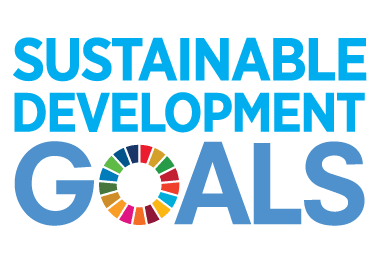
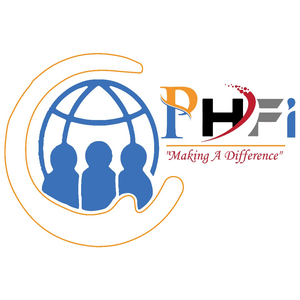

Pillar For Hope Foundation International
(PHFI)
- …


Pillar For Hope Foundation International
(PHFI)
- …

CSA (Climate Smart Agriculture), Clean Water and Energy for a sustainable future.
1. Transforming Lives Through Access to Safe Water
The Pan-African and Coastal communities face unique challenges in accessing clean water and maintaining proper sanitation due to their geographical location and vulnerability to environmental factors. This project aims to address these challenges by implementing sustainable water and sanitation solutions in Africa and other parts of the world. The project will focus on promoting access to safe drinking water, improving sanitation facilities, and raising awareness about hygiene practices to enhance the overall well-being of the communities.
How We Shall Address The Challange
1. PHFI in coordination with Local Governments:
We will continuously construct motorized solar water pump after borehole drilling to provide clean and safe water to communities.
2. Sanitation and Hygiene Education:
PHFI will continue educating communities especially within the affected areas of communities and hospitals on proper sanitation and hygiene practices to prevent the spread of diseases
3. Partnership, collaboration and funding:
PHFI will collaborate with various Organizations, local Governments and other financing institutions to provide affordable financing for water and sanitation solutions. Other Organizations are also on ground doing similar activities but a lot more is still demanding so that by 2030, achievements will have moved far.
OBJECTIVES
Improving Access to Clean Water:
We shall implement water supply systems that provide reliable access to clean drinking water for African communities and other parts of the world where there is need. This will involve the installation of motorized solar water pumps, Hand pumps, rain water harvesting systems, or purification technologies suitable for specific areas.
Strengthening Community Capacity:
We shall build the capacity of local community members, including training and empowering them to maintain and operate the implemented water and sanitation infrastructure effectively. This will foster ownership and sustainability of the project outcomes by engaging in collection of user fees and forming SACO group for business module which will raise income to enhance simplicity in Operation and Maintenance.
Climate Resilience:
Integrate climate-resilient practices into the water and sanitation solutions to mitigate the impact of climate change on coastal communities. This will include incorporating flood-resistant or cold resistant designs, water conservation measures, and disaster preparedness plans.
Key Components of our Solar Water Pumps:Our solar pumping system consists of a number of components, including a photovoltaic (PV) array, which converts solar energy into electricity as direct current (DC), an electric motor that converts the electrical energy into mechanical energy and drives the pump, and a pump that lifts the water using the mechanical energy. To get the best performance from the overall system, the characteristics of these components need to align.
Water pumping systems are broadly classified as either DC or alternating current(AC) motor-based Pumping systems. DC motor-based solar water pumps consist of a PV array, with or without an intermediate converter, and a motor coupled with a pump. The AC motor water pumping system requires a DC to AC inverter to drive the motor coupled with the pump.Solar pumping systems with DC motor pump sets are generally more efficient compared to AC motor driven pumps. DC motor efficiency can reach up to 80% compared to AC three-phase motors, which have efficiencies in the range of 60% to 65% for the sizes of motors commonly used in small-scale irrigation pumps. Recently, manufacturers have started using brushless DC (BLDC) motors for water pumping applications. BLDC motors are expensive compared to brushed DC motors, but they are more efficient and require less maintenance compared to brushed DC motors, which require regular brush replacement
COST COMPARISON BETWEEN SOLAR AND ELECTRIC PUMP SYSTEM
As evident in the cost comparison below, significant savings are achievable if we or the end-users are able to acquire the required capital to make the initial investment. The breakeven point between the two systems above occurs during the fifth year of operation.
Payback periods for medium-sized systems is typically 2-3 years, with smaller systems seeing payback periods under 1.5 years.
Warranties for the solar water pumps average between 1 to 2 years and require replacement every 5-10 years, depending on the pump and water quality.The total life cycle cost (LCC) in 20 years, between Electic/Fuel system has an average of 133,860,000 Uganda shillings and Solar system is 8,800,000 Uganda shillings (Includes Operations and Maintenance). This then shows that investing in solar pumping system is cheaper though its slightly expensive during installation.
We therefore highly recommend solar sytem compared to power or fuel system.
Electrical water pumps rely on a grid power source, making them vulnerable to outages and incurring electricity costs, while solar water pumps offer a more sustainable and cost effective solution, but encounters challenges like initial cost and dependence on sunlight.
The goal of LCC consideration is to ensure long - term value and avoid focusing only on low initial purchase prices, as this can lead to higher on - going servicing and maintenance cost.
WHAT IT ENCOMPASSES
1. Down time cost:
Losses from when the system is not working, impacting productivity and profitability.
2. Support services:
This is attached to the cost for other services needed to support the system's operation and maintenance.
3. Long - term value:
We recommend making informed decisions that secure long - term value and avoid costly maintenance later on.
4. Operation Costs:
We consider expenses incurred during the system use, including energy, maintenance and labor
2. COCOA AND COFFEE FARMING
Let’s talk briefly about Cocoa and coffee which PHFI has made the decision to implement to provide a sustainable cash flow to the community:
From our research which was provided by the Co-founder of PHFI, a lecturer at Kumi University, faculty of Agriculture, Mr. Oyuko Samuel Alip, a consultant in Agro forestry, he confirmed that Cocoa yields approximately 7 tp 9 Kgs per tree per season leading to an acre which contains an average of around 445 seedlings of trees can fetch to a farmer $42,577 which is an average of 155,746,000 million Uganda shillings in a year for two seasons, while coffee provides an average of 10,400,000 million Uganda shillings in a year for an acre.
Under our program, 1,350,000 seedlings will produce an average of 9,450,000 kgs of fresh cocoa with an average of 7kgs per tree and when sold at a price of 25000 Uganda shillings, community members will fetch 236.25 Bn in one season and 472.5Bn in two seasons a year, making it a profitable business.
The beauty with it is that farming them controls deforestation because of the followings reasons:-
1. Cocoa pod husks can be used to make briquettes. The husks which are a by-product of cocoa and coffee are the leftover that can be utilized for making briquettes using a machine.
2. Using briquettes can reduce the amount of wood needed for fuel, mitigating deforestation and can also be a source of income for farmers. Therefore investing in the above system will be sustainable since their benefits controls their demolition.
Improved agricultural productivity and diversification will lead to increased incomes and livelihoods for farmers and the rural communities
August 21, 2025Read more...Access to clean water is a fundamental human right, yet millions still lack this essential...August 21, 2025Read more...Proper sanitation is crucial for the health of any community. Our programs work to establish safe...Empower Through Knowledge
Building Sustainable Futures Through Education
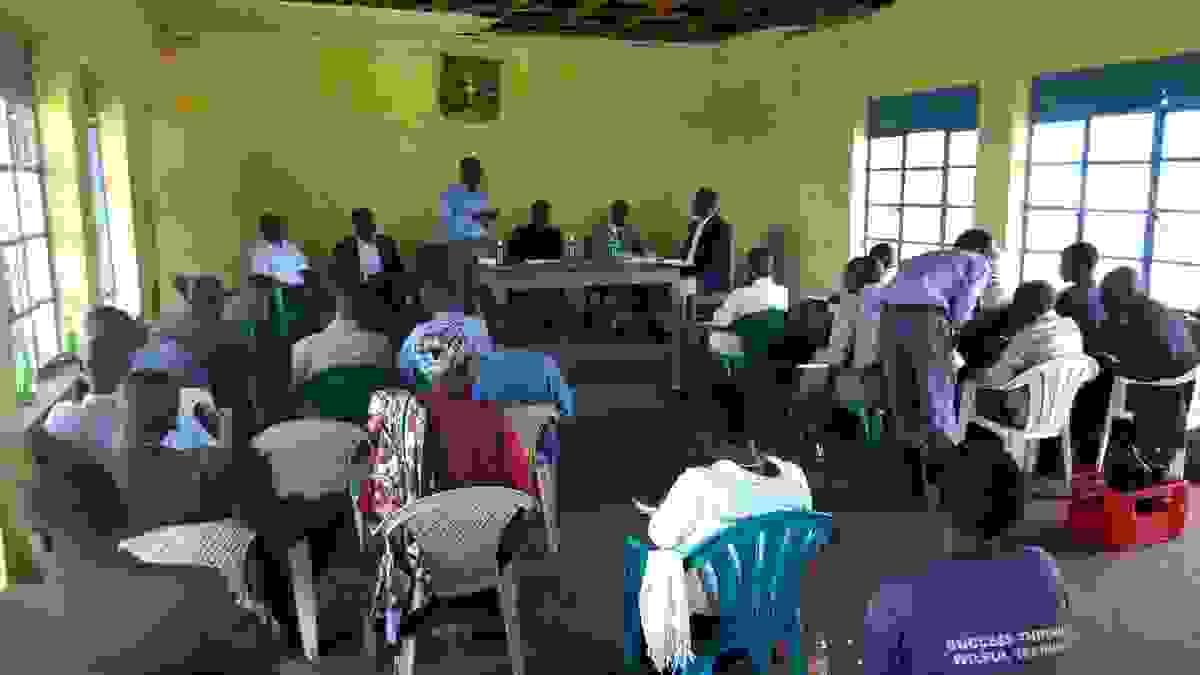
Educational Resources for Sustainable Living
We provide a range of community seminars. These resources are designed to raise awareness about sustainability issues and offer practical solutions that individuals and families can implement in their everyday lives.
Our Program For Empowering Community For A Sustainable Future
PROGRAM DETAILS
1. Water And Sanitation
Water and Sanitation Program (WSP)
Joint Monitoring Program (JMP)
Sanitation And Water For All (SWA)
Global Waste Water Initiative (GwwI)Transform Wash (T/WaSH)
2. Climate Smart Agriculture
Trees To Bare Land program (TBL)
Fruit Bearing Tree Program (FBT)
3. Renewable Energy Program
Training for Briquette Making (TBM)
Vocational Hands - On skill training for Renewable Energy System Maintenenace
Approach
Through out the process of social mobilization, PHF adopts a hands-on, self-help, self-sustainable approach through community member involvement and formation of working group in remote rural or town areas of Uganda, Kenya and other parts of Africa.
We have a comprehensive approach with six focus areas aligning well with Sustainable Development Goals (SDGs), particularly1. SDG2 (Zero Hunger) and SDG 13 (Climate Action) – Climate smart agriculture.
2. SDG11 (Sustainable cities and communities and SDG 3 (Good health and wellbeing) Emergency response program.
3. SDG6 (Clean Water and Sanitation) – Water and sanitation.
4. SDG4 (Quality Education) – Education (School Dropout Maintenance hands-on skill training).
5. SDG11 (Sustainable cities and communities) and SDG 8 (Decent work and economic growth) – Heritage preservation.
6. SDG7 EEnsure access to affordable, reliable, sustainable and modern energy for all.
By addressing these areas, PHF International will make a significant impact in improving lives, promoting economic growth, and contributing to the overall development of the communities. Our goal is to support families become financially free and increasing the GDP is as well our ambition and we shall achieve through our well planned strategies and effective implementation.
Professional Strength1. Highly qualified, experienced and devoted professionals including board members and staffs.
2. Over whelming support of local people.
3. Adaptability to cope up and meet the requirements of various socio cultural environment of Uganda, Africa at large and other parts of the world
4. Acceptance as a representative of common people of the area.
5. Broad network to undertake initiatives at grassroots.
6 Accessibility of advanced modern equipment and tools.
7. Strong partnerships for undertaking innovative initiatives.
Curbing failures:
We shall limit failures through making a well – designed leadership structure to significantly contribute to PHF’s success. Some key elements we shall consider are:-
1. Laying clear roles and responsibilities
2. Defining decision making processes
3. Encouraging strong communication channels
4. Incorporating checks and balance to prevent any one or group having too much power
5. Encouraging leaders accountable for their actions and decision making
6. Leadership capacity building
7. Leadership adaptability and flexibility
8. Transparency and governance
9. Encouraging hierarchical structure from top – down approach
10. Use of matrix structure that combines functional and project – based arrangement.
11. Making best use of software monitoring systems
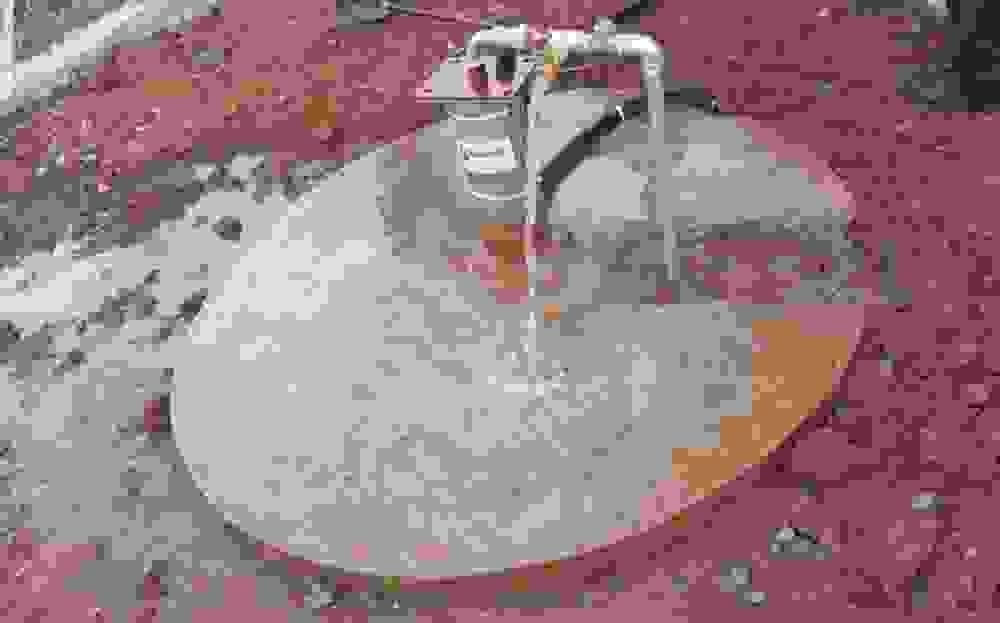
Water Technology
Our programs promote a motorised Solar water pump which is not expensive in operations and maintenance such as cost attached to fuel, electricity and some spare parts. Our system might slightly have highy installation cost but cheap to sustain and maintain making it beneficial to communities (Improves saving culture), hence sustainable services on ground not loosing its meaning.
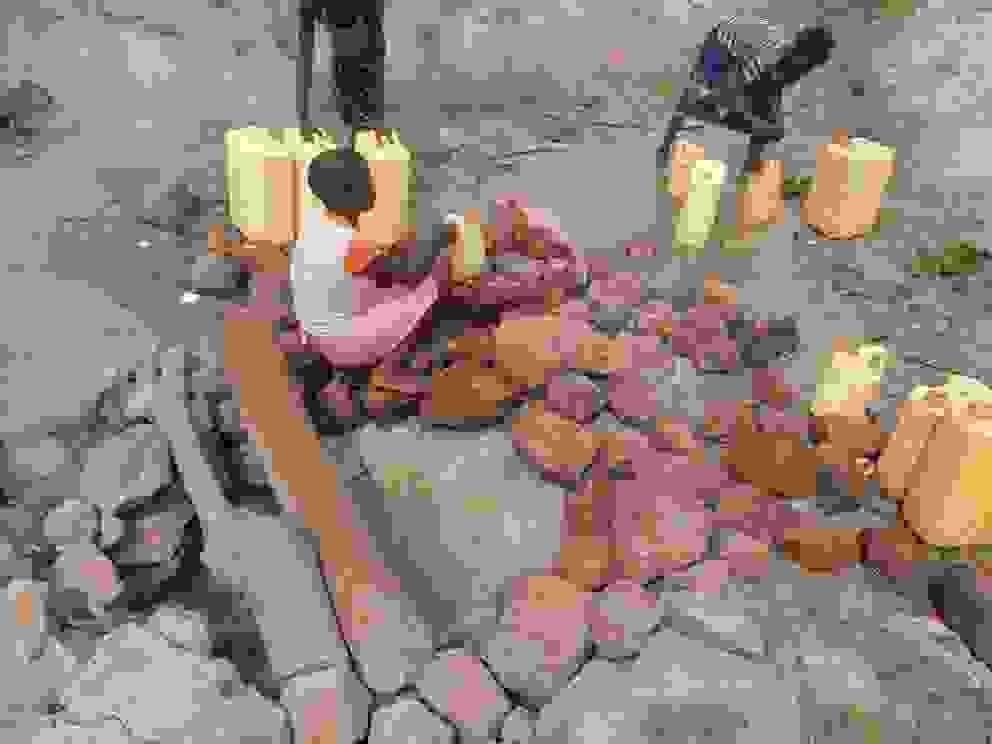
Hygiene and Sanitation
We advocate for best practices of safe water chain. This is crucial and protects community from being affected by water born and water wash diseases which indirectly affects the quality of education

Community Farming Initiatives
We foster community-supported agriculture (CSA) programs that connect local farmers with consumers and exporters. This initiative strengthens local economies, encourages sustainable practices, and provides communities with fresh, nutritious food while reducing the carbon footprint associated with transportation.
This program got established when a Minister of God, Daniel Okot could visit Hospitals to pray for the sick. He visited Lira and Kapchorwa Hospital and he discovered people who were under sicknesses, affliction, and those who faced instability through domestic and neighborhood wrangles and fighting one another as a result of inadequate services within and as well chaotic spirits taking advantage of their poor status. All these, generated a mind to him to start a sustainable program that supports the community which could lead the world reign in peace.




